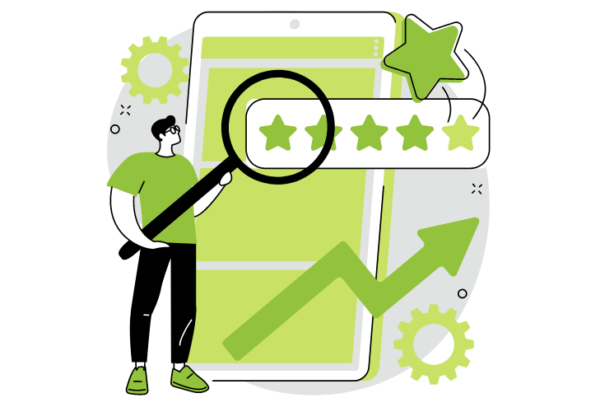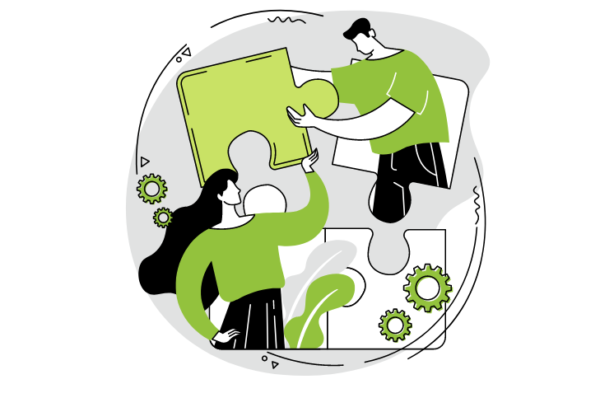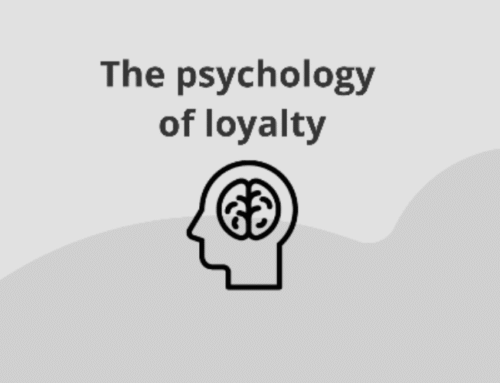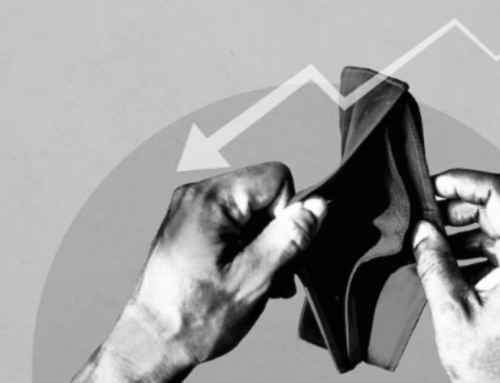Loyalty Program Pitfalls to Avoid
A well-designed loyalty program can be a powerful tool to retain existing customers, attract new ones, and boost overall sales. However, many businesses stumble when implementing loyalty programs, falling prey to common pitfalls that can hinder their success.
This article will explore some of the most common mistakes businesses make and how bLoyal’s platform can help mitigate these challenges through its comprehensive features.

Common Loyalty Program Pitfalls Examples
Lack of Personalization
One of the biggest mistakes businesses make is treating all their customers the same way within their program. A one-size-fits-all approach often fails to engage customers effectively. Customers want to feel valued and appreciated for their individual preferences and behaviors. Without personalization, your program may not resonate with your audience.
How bLoyal helps: bLoyal’s platform allows businesses to segment their customer base and create personalized experiences. You can tailor rewards, offers, and communications to individual customer preferences, increasing the chances of engagement and loyalty.
Complex Program Rules
Complex rules and requirements can deter customers from participating. Customers may lose interest or feel frustrated when the program is challenging to understand or involves too many steps. Simplicity is key.
How bLoyal helps: bLoyal’s platform offers a user-friendly interface that makes it easy to set up and manage rules. You can create straightforward, intuitive programs encouraging participation and minimizing customer confusion.
Insufficient Rewards
Another common mistake is offering rewards that fail to excite or motivate customers. If the rewards are too small or don’t align with customer interests, they may not see the value in participating.
How bLoyal helps: bLoyal’s platform allows businesses to design attractive rewards that resonate with their customer base. You can offer discounts, exclusive access to products, or even tiered rewards that incentivize customers to climb the loyalty ladder.
Neglecting Data Analysis
It is difficult to understand the effectiveness of your loyalty program without data analysis. Many businesses fail to collect and analyze customer data, missing valuable insights that could drive program improvements.
How bLoyal helps: bLoyal’s platform offers robust analytics tools that provide actionable insights into customer behavior, program performance, and ROI. You can use this data to fine-tune your program and make data-driven decisions to increase its effectiveness.
Poor Communication
Effective communication is crucial for the success of any loyalty program. Businesses often fail to inform customers about program updates, rewards, and special offers. Without regular engagement, customers may forget about the program altogether.
How bLoyal helps: bLoyal’s platform includes communication features such as email marketing and SMS notifications. You can easily reach out to your customers with personalized messages, keeping them engaged and informed.
Inadequate Integration
Many businesses operate multiple systems for their operations, such as point-of-sale, e-commerce, and customer relationship management (CRM). When these systems are not integrated, it can lead to data inconsistencies and a disjointed customer experience.
How bLoyal helps: bLoyal offers seamless integration with various systems, ensuring customer data is consistent and up-to-date across all touchpoints. This integration streamlines operations and enhances the customer experience.

How bLoyal Mitigates These Pitfalls
Now that we’ve discussed some common pitfalls, let’s explore how bLoyal’s platform can help your business mitigate these challenges.
- Personalization: bLoyal’s platform allows you to segment your customer base and create highly personalized loyalty programs, ensuring each customer feels valued and appreciated.
- Simple program rules: With an intuitive interface, bLoyal makes setting up and managing rules easy, keeping the program straightforward and user-friendly.
- Attractive rewards: You can design attractive rewards that align with customer interests and preferences, increasing their appeal.
- Data analysis: bLoyal offers robust analytics tools that provide actionable insights, helping you make informed decisions to improve your program’s effectiveness.
- Communication: The platform includes features like email marketing and SMS notifications, enabling you to engage with customers and keep them informed.
- Integration: bLoyal seamlessly integrates with various systems, ensuring consistent and up-to-date customer data across all touchpoints.
- Mobile experience: bLoyal’s mobile app makes it easy for customers to participate, enhancing the mobile experience and reaching a broader audience.
Why Customer Loyalty Programs Can Backfire
Loyalty cards advantages and disadvantages are worth considering for both businesses and customers. The benefits of loyalty programs to customers are evident, offering discounts, rewards, and personalized offers that can lead to substantial savings and an enhanced shopping experience. However, it’s crucial to recognize that customer loyalty programs can sometimes backfire if not thoughtfully planned and executed. Overemphasis on discounts can condition customers to expect constant price reductions, and over-communication can lead to email fatigue. Striking the right balance between rewarding customers and avoiding the pitfalls of program complexity or inequitable rewards is essential for long-term success.
Examples of Failed Loyalty Programs
- United Airlines’ MileagePlus Devaluation (2014): United Airlines faced backlash when it devalued its MileagePlus loyalty program by switching from a distance-based rewards system to a revenue-based model. Frequent flyers saw their earned miles reduced, and it made it more challenging to earn elite status. The changes upset loyal customers, leading to negative feedback and losing trust in the airline.
- Starbucks’ Changes to the Rewards Program (2016): Starbucks, known for its popular loyalty program, faced backlash when it changed its program in 2016. Previously, customers earned a star for each transaction, but the new system rewards dollars spent instead. This shift made it less attractive for customers who made smaller, frequent purchases and favored those who made more significant, less frequent purchases. Many loyal customers felt disenfranchised, negatively impacting social media and customer sentiment.
- Gap’s Closure of Its Loyalty Program (2021): Gap Inc. closed its “BRIGHT Rewards” loyalty program, disappointing and frustrating customers. The sudden discontinuation without an adequate replacement or communication strategy left loyal customers feeling undervalued and led to a social media backlash.
Conclusion
Implementing a successful loyalty program requires careful planning and consideration of potential pitfalls. By avoiding common mistakes and leveraging the features of bLoyal’s comprehensive platform, your business can create a program that engages customers, drives sales, and fosters long-term relationships. With personalization, simplicity, attractive rewards, data analysis, effective communication, seamless integration, and a mobile-friendly experience, bLoyal’s platform equips your business with the tools needed to succeed in the competitive world of customer loyalty.




